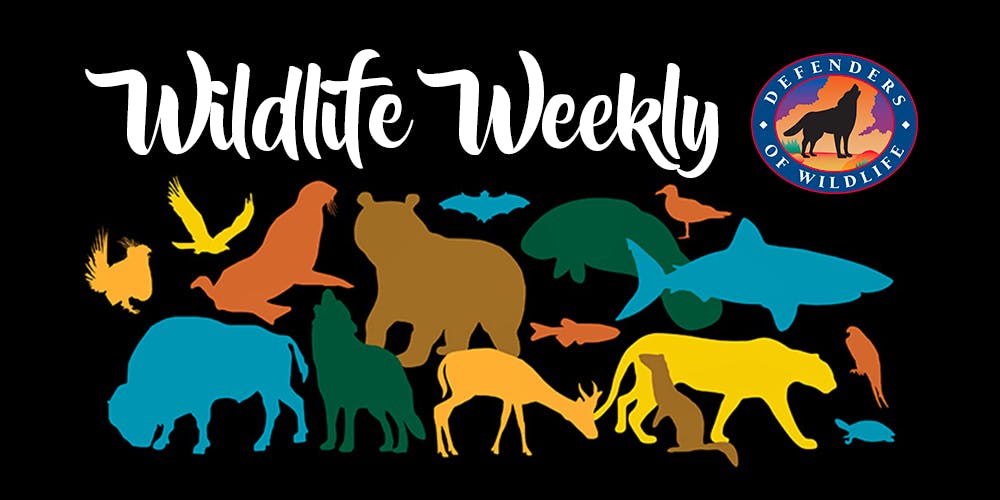Your weekly roundup of wildlife news from across the country
WildSights:
[slideshow_deploy id=’34062′]
Wild stories from the Week:
4 rescued Kemp’s ridley sea turtles were released in Virginia Beach last week: http://dfnd.us/2rKnHze
Seismic blasting poses a serious threat to ocean life. These blasts register 235 decibels – louder than a rocket launch – and travel through the ocean for hundreds, if not thousands of miles. Marine mammal populations that depend on their hearing to hunt, navigate and communicate with each other could be irreparably harmed if this testing moves forward. Tell NMFS to deny authorization for seismic blasting in the Atlantic: http://dfnd.us/2rZjuYn
The Trump administration has declared war on twenty-seven of our national monuments in an unprecedented affront to our national and natural heritage and the wildlife that depend on these important lands and waters. Here are the 27 national monuments that are under review by the Trump administration: http://dfnd.us/2sUnnis
Now more than ever, ranchers need to employ co-existence strategies to reduce conflicts with grizzlies: http://dfnd.us/2ueG6oF
Our Defenders in Action:
In Montana:

Defenders’ staff Craig Miller from Arizona, Russ Talmo from Montana, and Ryan Wilbur from Colorado attended a nonlethal livestock management workshop earlier in June in Montana’s Tom Miner Basin, near Yellowstone National Park. A group of ranchers called the Tom Miner Basin Association hosted the workshop to teach participants about the progressive low stress livestock handling techniques and innovative non-lethal tools they use to minimize livestock loses to wolves and grizzly bears. This workshop is held twice a year and is a great opportunity to bring together ranchers, range riders, wildlife managers, and nonprofits to discuss the future of coexistence.
In Florida:

Ken Wimmer, our Northwest Florida Representative, testified in support of a proposal to the state of Florida to purchase a conservation easement covering 40,000 acres of the upper Apalachicola River’s forested flood plain. In the above picture, all the floodplain on the opposite back would be included in the conservation easement. The Apalachicola River and floodplain is one of North America’s most biologically diverse areas and has the highest species diversity of reptiles (over 80 species) and amphibians (over 40 species) found north of Mexico. The Apalachicola River and floodplain provides habitat for more than 280 species of birds, over 130 species of fish, over 52 species of mammals, more than 1,300 plant species including over 70 different species of trees. These include more than 30 federally threatened or endangered animal species.



